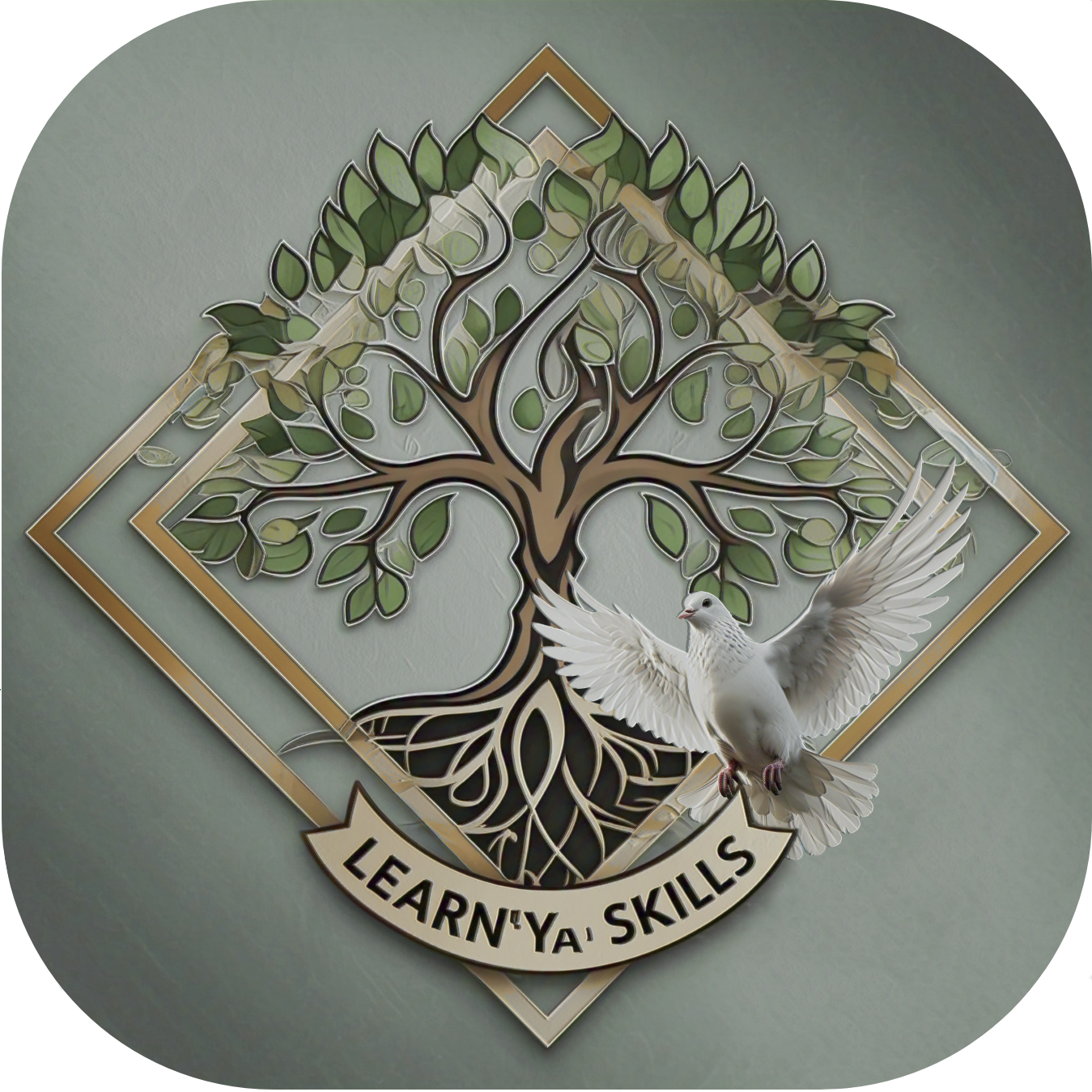
Mastering Conflict Resolution: Skills for Constructive Outcomes
Purpose
This course on conflict resolution is designed to equip learners with the essential knowledge, skills, and techniques required to manage and resolve conflicts effectively. Through practical strategies and real-world applications, learners will gain the confidence to address disagreements constructively, strengthen relationships, and foster collaboration in both personal and professional contexts.
Rationale
Conflict is an inevitable part of life, arising from differing needs, priorities, and perspectives. When left unresolved, conflict can harm relationships, reduce productivity, and create a hostile environment. However, when approached constructively, conflict can lead to stronger connections, innovative solutions, and personal growth. This course provides learners with the tools, techniques, and frameworks to transform conflict into an opportunity for positive outcomes, addressing a vital skill for success in today’s interconnected world.
Target Audience
This course is ideal for:
- Professionals who want to improve workplace collaboration, resolve team disputes, and foster a productive environment.
- Managers and Leaders responsible for mediating conflicts, building trust, and maintaining team harmony.
- Students and Educators aiming to develop interpersonal and problem-solving skills.
- Individuals seeking to improve personal relationships and confidently navigate challenging situations.
No prior knowledge of conflict resolution is required, making this course suitable for learners at all levels.
Course Layout
Lesson 1: Definitions and Importance
Lesson Purpose:
To introduce learners to the foundational concepts of conflict resolution, including the definitions of key terms, the causes of conflict, and its potential for positive growth.
Key Topics Covered:
- What is Conflict?
- Definition and types (e.g., interpersonal, workplace, internal).
- Common causes of conflict (e.g., miscommunication, value differences, power struggles).
- What is Conflict Resolution?
- Definition and goals (e.g., collaboration, mutual understanding).
- Key processes: negotiation, mediation, and arbitration.
- The Importance of Conflict Resolution:
- Benefits for personal development, workplace productivity, and teamwork.
- Examples: Resolving family disputes, improving workplace relationships, and managing customer interactions.
- Reflective Exercise: Learners will identify a recent conflict they’ve experienced and reflect on how it was resolved (or left unresolved).
Lesson 2: Key Skills Required
Lesson Purpose:
To provide learners with the interpersonal and emotional skills necessary to approach conflicts constructively, focusing on communication, empathy, and problem-solving.
Key Topics Covered:
- Active Listening:
- Listening to understand, not to respond.
- Practical techniques: paraphrasing, asking clarifying questions, observing non-verbal cues.
- Empathy:
- Understanding the emotions and perspectives of others.
- Building emotional connections to foster trust and collaboration.
- Effective Communication:
- Using “I” statements to express feelings constructively.
- Asking open-ended questions to encourage dialogue.
- Managing tone and body language to avoid escalation.
- Problem-Solving:
- Steps to identify root causes, brainstorm solutions, and reach agreements.
- Managing Emotions:
- Techniques for emotional regulation, such as pausing, deep breathing, and reframing negative thoughts.
- Curiosity:
- Cultivating a mindset of inquiry to understand others’ motivations and needs.
- Activity: Learners will practice reframing accusatory statements into constructive “I” statements.
Lesson 3: Common Techniques
Lesson Purpose:
To familiarize learners with widely used conflict resolution techniques, their applications, and when to use them effectively.
Key Topics Covered:
- Avoidance (Withdrawing):
- How and when to step back temporarily to prevent escalation.
- Benefits and risks of avoidance.
- Smoothing (Accommodating):
- Prioritizing relationships by downplaying differences.
- Balancing harmony with personal needs.
- Compromise (Reconciling):
- Finding middle ground when both parties make concessions.
- Quick solutions vs. addressing deeper issues.
- Forcing (Directing):
- Using authority to impose a solution in emergencies or high-stakes situations.
- Risks of damaging trust and collaboration.
- Collaboration (Problem-Solving):
- Creating win-win solutions through open communication and shared goals.
- Ideal for complex conflicts requiring creative input.
- Choosing the Right Technique:
- Matching techniques to the context, stakes, and relationships involved.
- Reflective Exercise: Learners will evaluate their preferred conflict resolution techniques and identify areas for improvement.
Lesson 4: Step-by-Step Guide to Implementation
Lesson Purpose:
To provide learners with a practical framework for applying conflict resolution techniques systematically in real-world scenarios.
Key Topics Covered:
- Step 1: Identify and Acknowledge the Conflict:
- Recognizing signs of conflict and defining the core issue.
- Avoiding surface-level arguments to uncover deeper needs.
- Step 2: Understand Perspectives and Gather Information:
- Practicing active listening and asking open-ended questions.
- Differentiating between needs and wants.
- Step 3: Choose an Appropriate Resolution Approach:
- Assessing the conflict’s intensity, relationships, and time constraints.
- Selecting a technique (e.g., collaboration, compromise, avoidance).
- Step 4: Facilitate Dialogue and Explore Solutions:
- Creating a safe environment for discussion.
- Establishing ground rules for respectful communication.
- Brainstorming creative, mutually beneficial solutions.
- Step 5: Reach an Agreement and Monitor Progress:
- Documenting agreed-upon actions and responsibilities.
- Setting follow-up meetings to evaluate the resolution’s effectiveness.
- Tips and Best Practices for Success:
- Building trust, managing emotions, and focusing on long-term relationships.
- Practical Application Exercise: Role-play a conflict scenario (e.g., workplace disagreement) using the five-step framework.
Conclusion
This course provides learners with a comprehensive understanding of conflict resolution, from foundational concepts to practical application. By mastering these skills and techniques, learners will be empowered to address conflicts constructively, foster stronger relationships, and achieve positive outcomes in both personal and professional settings.

